
Mycology: For Mushroom Collectors, Don’t Forget These 10 Tips
With the arrival of Autumn and the rains through the mountains, nature provides a true delicacy for us all, but one we can only have if we keep a sharp eye open for it. Some are dangerous, while others are not so its very important to be able to differentiate. If you want to take to the mountains of Andalucia in search of the first mushrooms of the season, just follow these mycology tips.
1. Wait for the Rain
The arrival of autumn does not guarantee the appearance of mushrooms. The climate is an essential component of the process. The arrival of rain is the true trigger of the season’s first mushrooms. If the weather is dry and the water fails to arrive, so too will the fungi. So always remember, wait for the first showers before beginning your search. Also, take this opportunity to enjoy one of the most most relaxing scents nature has to offer – the wet ground.
2. Where to Look for Mushrooms
A mushroom’s way of life can give us clues as to where might find them, which can be boiled down to three different factors. First, mushrooms live a parasitic lifestyle, i.e. they feed on other organisms, causing great damage or even death. This can occur in crop pests, but its not common. Moreover, they live a saprophytic lifestyle (they feed on decaying organic matter), which means you can find them in the forest on rotten branches or snags. Finally, they lead a symbiotic lifestyle (the fungus is associated with the roots of a plant), which means that you can find them at the foot of the trees.
3. Beware of Toxins
Mushroom-hunting is an activity that must be exercised with responsibility as there are some highly toxic species. Never consume a mushroom if you are not 100% of what the species it is. From the foot base to the tip of the cap, you need to know the characteristics of the fungus. Here we suggest relying on the mycological Guide published by the Junta de Andalucía to help to recognise the different species.
4. Avoid the White Sheets
Of all toxic mushrooms species, the most widespread and the most dangerous is the Amanita. So you should make an effort to know its main features so you can easily recognise it. The mushrooms appear in white sheets, with a ring and a whitish-green cap. These belong to a species that can be fatal in large quantities. They are very pretty and can be very appealing, especially when they appear in large quantities.
5. Save Copies in the Fridge
There is a saying that suggests that “prevention is better than a cure”, so it’s strongly suggested to keep copies of the mushrooms you eat in the fridge. If, for some reason they gave you indigestion, the doctor can assess what kind of fungus it is. It is a practice that requires just a little extra effort and provide serious assistance to your doctor.
6. Cut With A Knife
There are a number of tricks to remember when collecting your mushrooms that can be very helpful. First, it’s advisable to cut the mushroom at the foot with a knife or a razor so you don’t destroy the mycelium (the underground part of the mushroom), which will provide a base for the fungi to grow next season. Furthermore, this practice is more hygienic as it does not leave you with sand filling the mushrooms you’ve collected.
7. Use a Basket
The image of mushroom gathering is usually with a wicker basket, but that is not just by chance. If you’re going to collect these fungi, do not ever use a plastic bag to store them as it easily ferments the mushrooms, making them indigestible. Use baskets that are more airy, which can help dispense the mushroom spores through their holes.
8. Do Not Pick Overly Ripe Ones
If you end up picking mushrooms that are very ripe, fermented or parasitic, they could be indigestible. In these cases, it does not matter whether you recognise the species or whether they are edible. At this stage, they can be harmful no matter what they are and best left uneaten.
9. Avoid Old Traditions
There are many legends and traditions about tricks to differentiate between edible and poisonous mushrooms. Do not follow any of these tips because they are completely false. The most widespread is the fact that if you spot black fungus with a silver element, they are dangerous and if they don’t have it, they are not. This statement is completely false and like many of the others, following it can risk poisoning. The only way to differentiate mushrooms is to take this view.
10. Regenerative Function
If you head into the woods, take care not to destroy toxic mushrooms as they are serving a broader regenerative function. These fungi are extremely beneficial to the environment as well as for human beings. Each carries out its work in nature and offers its own small contribution so we have to be careful when we collect each season so there will be enough left over for next year.
Curiosities about Mushrooms
Mushrooms are a fascinating group of fungi that have many interesting curiosities:
- Diversity: It is estimated that there are over 5 million species of fungi on Earth, and mushrooms represent only a small fraction of this diversity. Approximately 10,000 species of mushrooms have been identified, but it is believed that many more are yet to be discovered.
- Edible and Poisonous: Many mushrooms are edible and are used in cuisines around the world, but some species are extremely poisonous and can be deadly if consumed. Therefore, it is essential to be an expert in their identification before consuming them.
- Bioluminescence: Some mushrooms have the ability to produce light, a phenomenon known as bioluminescence. This is especially common in mushrooms of the Mycena genus and in high-humidity areas.
- Subterranean Networks: Fungi form mycorrhizal symbiotic relationships with plant roots. Through these relationships, fungi can create extensive underground networks that connect trees and plants in a forest. These networks allow the transfer of nutrients and chemical signals between plants.
- Giant Size: Armillaria ostoyae is a mycorrhizal fungus found in the Pacific Northwest of North America. It is believed to be one of the largest organisms in the world, as it can cover several square kilometers and be thousands of years old.
- Psilocybin: Some mushrooms, such as those of the Psilocybe genus, contain the psychoactive compound psilocybin, which produces hallucinogenic effects when consumed. These mushrooms are known as “magic mushrooms” and have been used in spiritual and recreational rituals.
- Medicinal Properties: Many mushrooms have medicinal properties and are used in traditional medicine in various parts of the world. For example, the reishi mushroom has been used in Chinese medicine for centuries for its purported health benefits.
- Identification: Identifying mushrooms can be a challenge because there are many similar species, and some differences can be subtle. Mycologists, mushroom experts, often use characteristics such as shape, color, smell, spore patterns, and location to accurately identify mushrooms.
- Fairs and Festivals: In many regions, there are mushroom fairs and festivals where enthusiasts can learn about different species, participate in mushroom forays, and taste mushroom-based dishes.
- Natural Recycling: Mushrooms decompose organic matter in forests and play a significant role in nutrient cycling and the recycling of organic material, contributing to the ecological balance of ecosystems.
Mycology: 9 locations in Andalusia to enjoy collecting mushrooms
15 woods to see this autumn in Andalucia
Where to stay
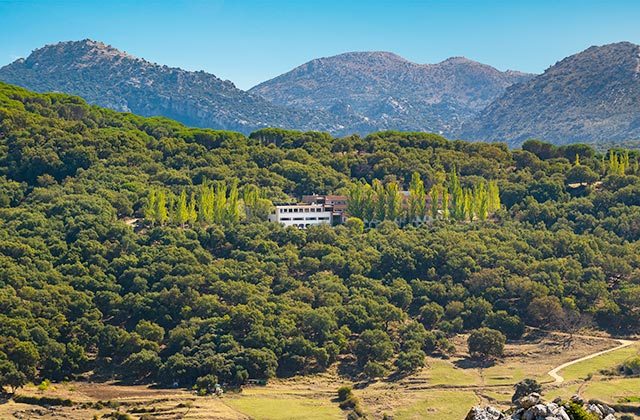
Hotel Fuerte Grazalema
Fuerte Hoteles is always the best option to stay in Andalusia, visit its cities and rest. The chain has places where you can, in addition to its services, enjoy the best of each part of the region. With more than 60 years’ experience, Fuerte Hoteles is the best starting point of your perfect trip or journey.
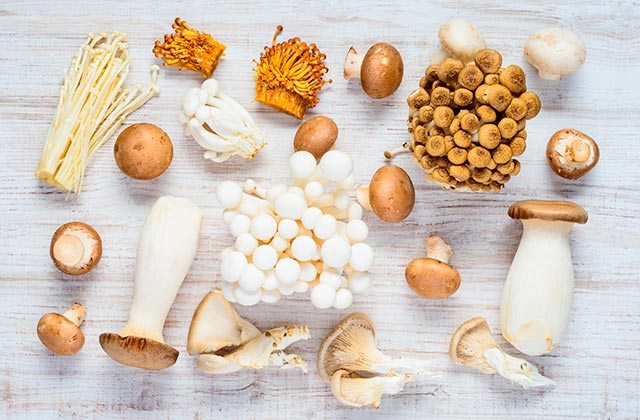
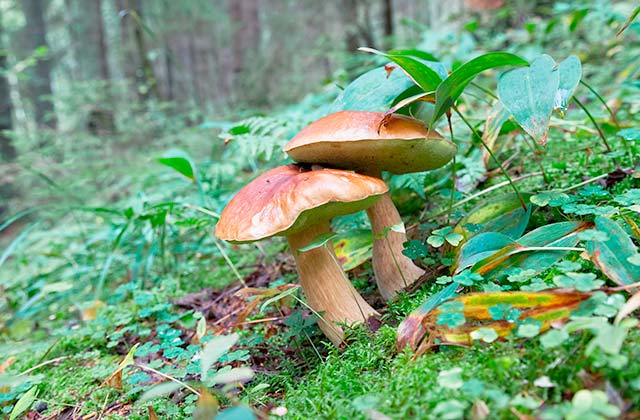
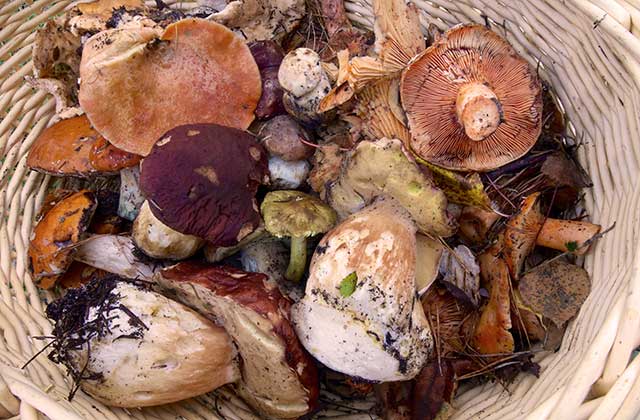
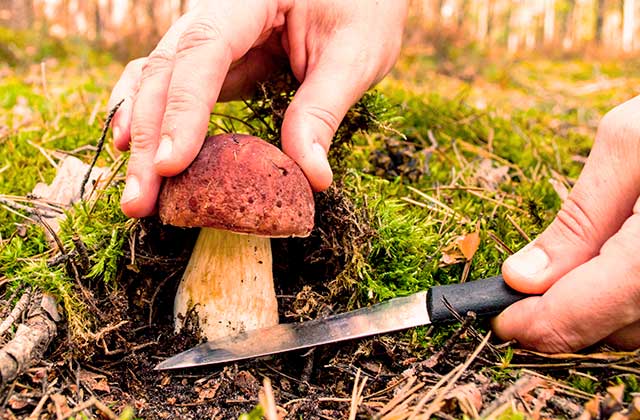
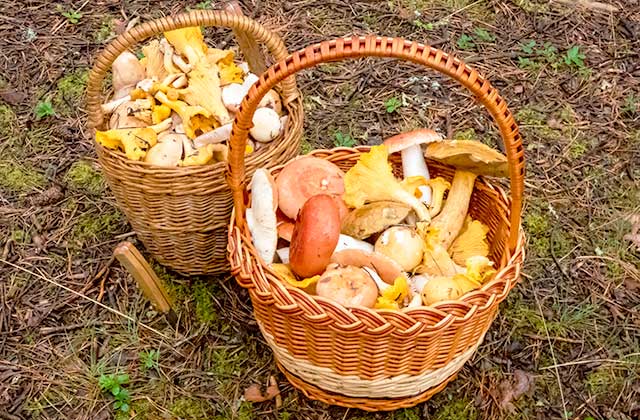
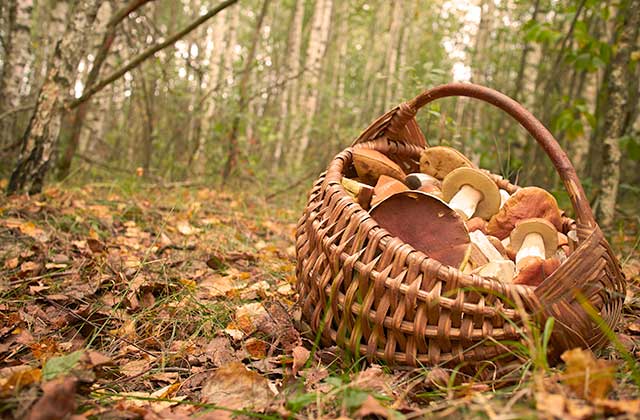
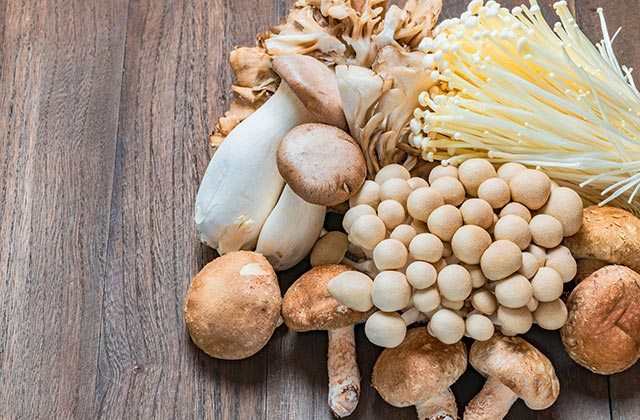
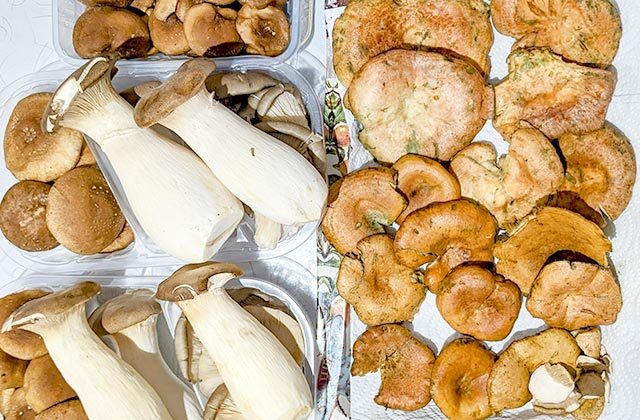







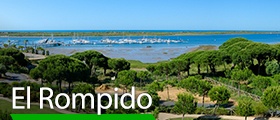

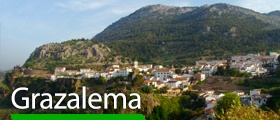






Wonderful photos! This is a very educational reading material. Mushrooms enthusiasts should better know how to spot the difference of the edible from the poisonous once. Thank you for sharing.
Nice photos! your article is very informative. It is a must to be aware with everything you do. Mushroom picking can also lead you in danger if you do not have a knowledge with each kind.
10 is flat out wrong, and 7 is partially wrong.
10 – There is a study in Scandinavia that shows that overpicking an area doesn’t deplete future year’s yields of mushrooms.
7 – People do ferment mushrooms regularly, and also other studies have shown that by the time you pick mushrooms they have already scattered their spores. So trying to help out the mushrooms won’t yield any benefit. Now if you were to collect extra spores from a spore print, and then inoculate a known growing medium, and reintroduce that, then that would increase mushroom yield. But at that point you are farming.